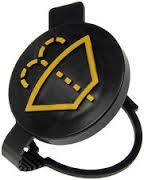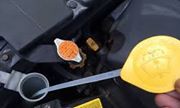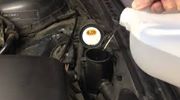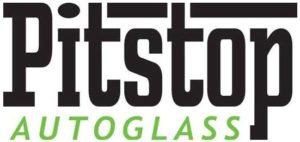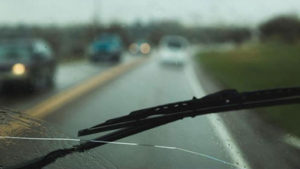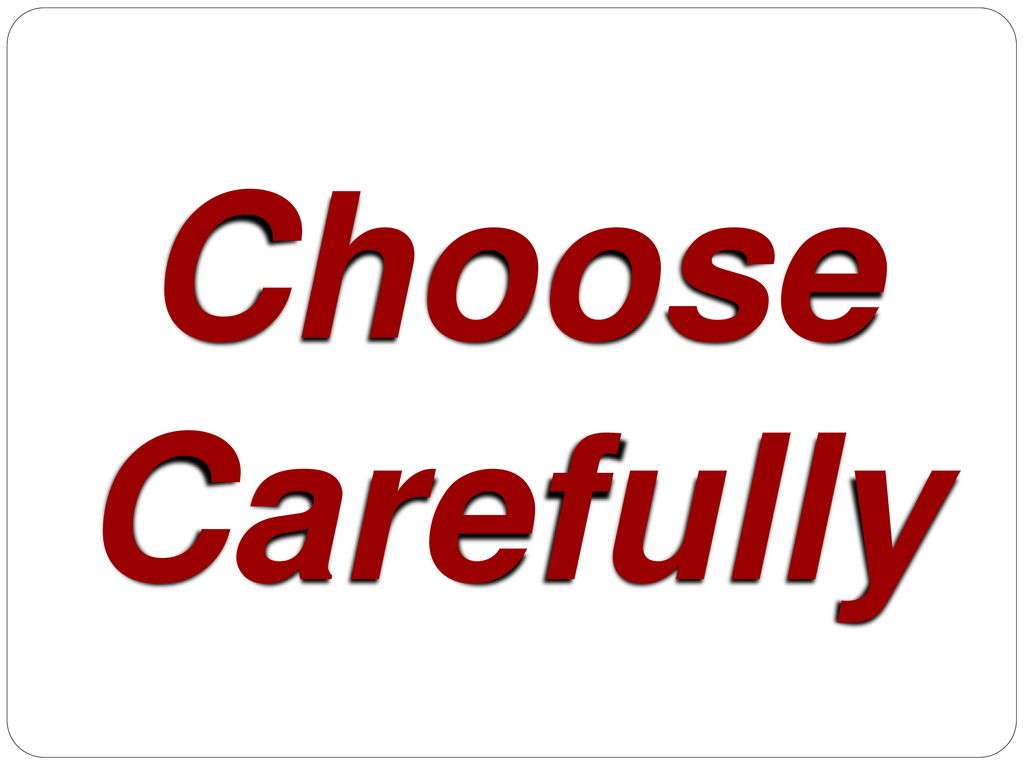Windshield + Glass Fog Prevention Tips.
When San Diego’s seasons shift, wet windshields can be a nuisance. Whether your windshield stays in San Diego, or you travel to the mountains, Pitstop Autoglass has some tip to help you keep your vision clear of that annoying fog.
Vehicle windows can fog up when the temperatures both inside and outside of the vehicle vary.
Summer fog on a windshield occurs when your car, cooled by cabin air conditioning, meets hot outside air.
In the winter it occurs when a windshield, heated by the cabin heater meets the cold outside air.
Methods differ for clearing a foggy windshield by season.
SUMMER FOG:
If your windows are foggy in the summer, adjust your temperature setting and/or open your windows to better match the interior temperature to the exterior. Since the fog in summer is on the outside of your windshield, you should run your windshield wipers at the lowest setting until the fog clears.
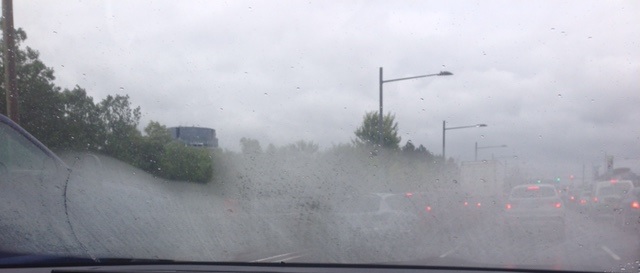
WINTER FOG:
If your foggy windshield occurs during the wintertime, remove any frost outside the window using a disposable card. An old hotel room key is good to keep on hand for frost occasions.
Turn off your recirculate button to pull in the colder outside air.
Using your defrost vent, turn your vehicle fan on high and turn the temperature down to the cold setting.
Directing cooler air towards your windshield balance the inside and outside temperatures to reduce the fog and frost.
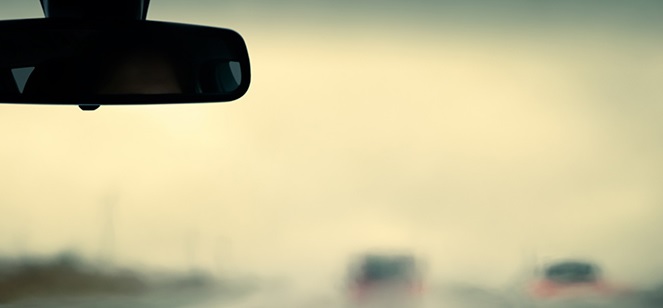
FOG PREVENTION:
Sometimes we bring contamination into our vehicles and many products we assume as being ‘SAFE’ actually add chemicals to the air which coat our windshield and increase fogging:. To reduce fogging, consider eliminating:
- Hanging Vehicle air fresheners
- Vehicle interior cleaners which coat/protect vinyl/leather
- Vaping or Smoking in the Vehicle
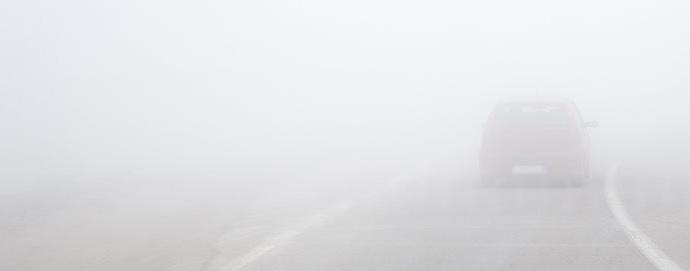
Beside chemical contamination, fog is more pronounced with moisture. Here are some remedies to remove moisture from inside your cabin.
- If possible, when parked keep your windows cracked open at the top to allow outside air to get into the Vehicle.
- Remove wet items from your Vehicle and leftover food and drink.
- Those silica packets that come in pill bottles, and many food packages? They’re there to remove moisture. Make your own “Vehicle version” of these packets by filling a sock or two with silica cat litter and placing them on your dash.
- Over the years, we have heard that you can create a moisture barrier by applying a light coating of shaving foam to your windshield and wiping it with a clean, dry microfiber cloth. True? Maybe. Would we? Hmmm, maybe not.
Other solutions
- Keep your windows clean and streak-free with safe cleaner. For safe cleaners that will not harm your vehicle’s interior, we recommend products from Elite Finish Detailing. You can see their full line here:
https://www.elitefinishdetailing.com/product-category/glass-care
- Always use a clean, dry microfiber cloth to wipe windows
WARNING: Never drive with a foggy window—poor visibility strongly increases the occurrence of crashes. Nobody needs to risk that.



